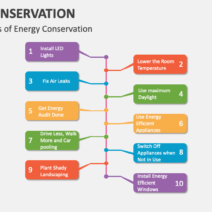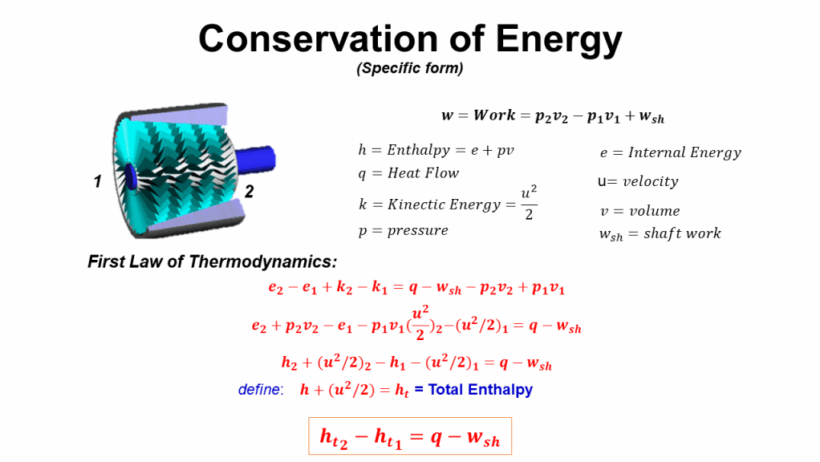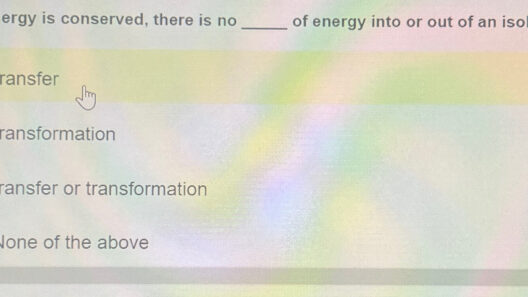Understanding the conservation of energy is crucial for anyone diving into the world of chemistry. This principle is foundational, interlinked with numerous scientific phenomena, and serves as a critical cornerstone for a myriad of chemical reactions. This guide offers a detailed approach to tackling conservation of energy problems, encouraging a deeper comprehension and fostering a sense of curiosity about the dynamic interplay between energy and matter in chemical systems.
At its essence, the conservation of energy principle states that energy cannot be created or destroyed; it merely transforms from one form to another. This dictates that during any chemical reaction, the total amount of energy remains constant, though it may change from potential to kinetic energy, or from thermal energy to mechanical work. This fundamental idea can be challenging yet exhilarating, as the possibilities it unlocks are boundless.
When approaching conservation of energy problems in chemistry, it is vital to familiarize yourself with key concepts and terminology. Start with an understanding of potential energy, kinetic energy, and thermal energy. Potential energy, often regarded as stored energy, pertains to the energy that a system holds based on its position or configuration. Kinetic energy, on the other hand, refers to the energy of motion — the energy molecules possess due to their movement. Thermal energy, intricately linked to temperature, is a manifestation of the kinetic energy of particles within a substance.
To successfully navigate chemistry problems related to the conservation of energy, adhere to a structured methodology. Begin by thoroughly examining the problem statement. Identify the known variables such as initial energy states and any other pertinent quantities like mass, temperature, and heat capacity. This will enable you to establish a foundational understanding upon which to base your computations.
Next, delve into the well-known law of conservation of energy, encapsulated in the formula: E_initial = E_final. Here, E_initial refers to the total energy before a reaction or process occurs, and E_final represents the total energy post-event. This simple yet powerful equation serves as the compass that guides you through your calculations.
When dealing with chemical reactions, it is common to explore exothermic and endothermic processes. Exothermic reactions release energy, typically in the form of heat, while endothermic reactions absorb energy. Identifying the nature of the reaction influences how you approach energy conversions. For instance, in an exothermic reaction, you may need to account for heat released, while in endothermic reactions, the energy absorbed must be included in your calculations.
Consider the scenario of a chemical reaction occurring in a closed system. If you measure the temperature before and after the reaction, these variances can be directly related to changes in thermal energy. Utilizing calorimetry principles, you can quantify the heat exchange by applying the formula:
q = mcΔT
Where ‘q’ is the heat absorbed or released, ‘m’ is the mass of the substance involved in the reaction, ‘c’ is the specific heat capacity, and ‘ΔT’ is the change in temperature. This equation allows you to quantify energy changes and reinforces the idea that energy relationships are vital to understanding reaction dynamics.
As you become more comfortable applying these principles, consider the role of enthalpy, a vital concept in thermodynamics that reflects the total heat content of a system. The change in enthalpy (ΔH) becomes invaluable when solving conservation of energy problems, particularly when dealing with phase changes or chemical reactions under constant pressure. The relationship can be succinctly articulated through the reaction’s enthalpy diagram, illustrating energy changes before and after reaction completion.
Incorporating dimensional analysis further augments your ability to solve conservation of energy problems. This technique aids in converting units effectively and ensures that all quantities in your calculations are consistent. For example, converting grams to moles using molar mass or joules to calories when dealing with thermal energy can help streamline your work and enhance accuracy.
Additionally, visual aids such as energy diagrams can be incredibly effective in encapsulating complex reactions and energy changes. They illustrate the energy landscape of reactants and products, displaying activation energy barriers and exothermic or endothermic reaction profiles. These diagrams act as an intuitive guide, elucidating the complexities of energy transformations and enabling you to visualize your calculations.
Experimentation also plays a crucial role in grasping the conservation of energy principles. Engaging in practical laboratory work allows for a tangible understanding of theoretical concepts. By observing real-time reactions and measuring temperature changes or energy releases, you can directly apply the laws of thermodynamics to your experiments.
Finally, as you grow proficient in solving conservation of energy problems, challenge yourself to extend your understanding by exploring real-world applications. Energy conservation is paramount in various fields, from environmental science to engineering. A shift in perspective can unveil the significance of energy efficiency in energy production, heat management, and even sustainable practices in daily life. Such knowledge not only nurtures curiosity but empowers you as an informed participant in the discussions surrounding climate change and sustainable chemistry.
In conclusion, mastering the conservation of energy in chemistry is a multifaceted endeavor that invites inquiry and curiosity. By following structured methodologies, applying key equations, and engaging with practical experiences, individuals can unravel the complexities of energy in chemical reactions. This journey instills a deeper appreciation for the interconnectedness of energy dynamics, ultimately positioning oneself as an informed advocate for sustainable practices and environmental stewardship.






